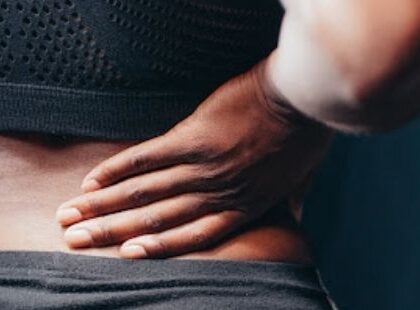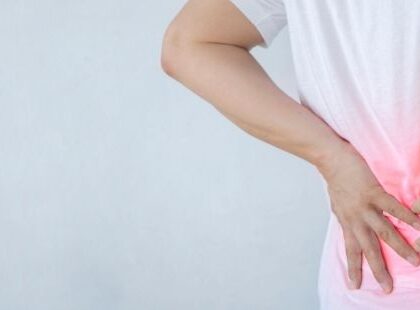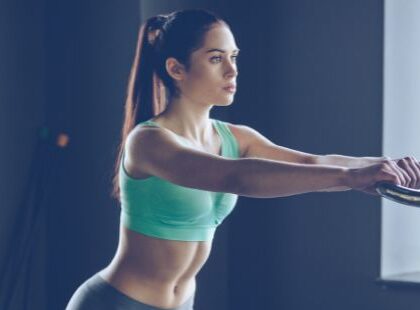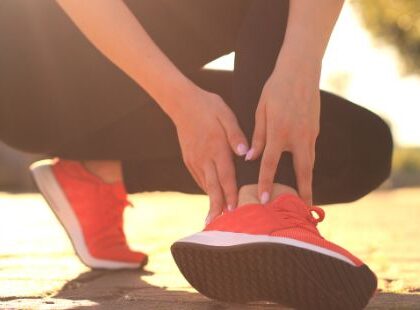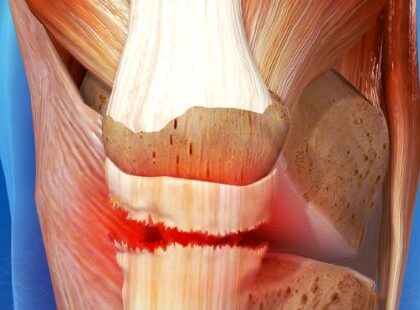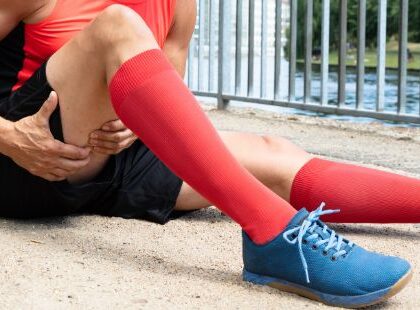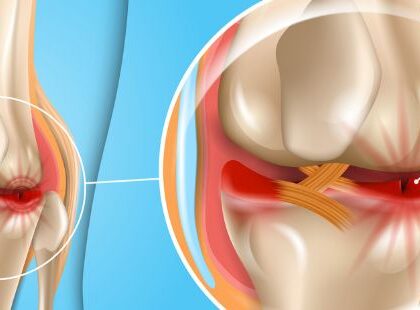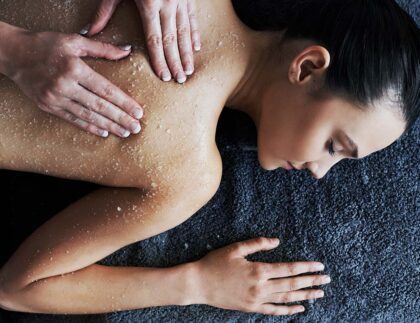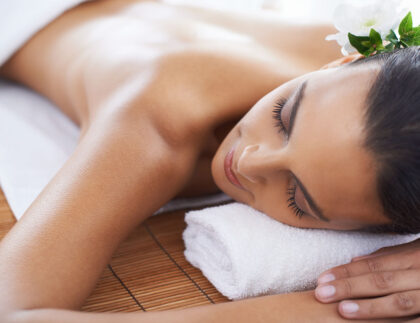8 February 2021
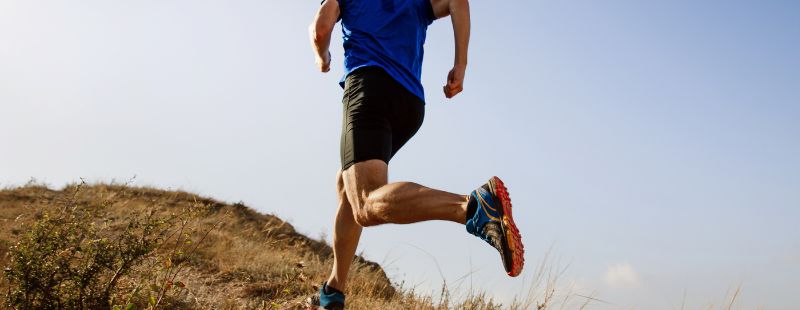
Running is a staple exercise and fitness regime. It requires so little organisation, no wasted travel time and so it's easy to fit into a busy schedule.
Runners Knee, also known as Patella Femoral Pain Syndrome is one of the most common knee injuries. Running is such a great way to get into shape, de stress and socialise, so it's important to minimise injury.
With so many benefits, we definitely take for granted how much stress can be placed on the body whilst we run. Especially as the pace, distance, speed and strength are built up.
So today, this common injury, Runners Knee, we deep dive into.
What is Runners Knee?
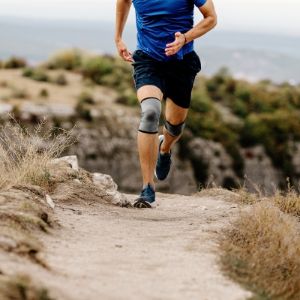
Runners knee is a common knee condition. It is characterised by pain below or behind the knee cap, or towards the inside aspect of the knee. This pain is commonly made worse by running, as well as walking up and down stairs, squatting or sitting for extended periods.
The pain experienced in runner’s knee is typically caused by abnormal tracking of the knee cap. As the knee bends and straightens through its natural range of motion, the patella is pulled off course.
Over time, this leads to generalised wear and tear of the cartilage on the back of the knee cap. Further injury can also occur with tendons within the knee.
What Causes Patella Tracking?
The most common reason is due to a change in training style. Whether that be an increase in intensity, frequency or duration of training. Other factors to consider include incorrect footwear.
When looking specifically at Patella tracking several key factors are present:
- Alignment of the ankles, knees and hips.
- Muscular imbalances and weaknesses in the thigh.
- Ankle and foot instability. Seperate to misalignment, this has more to do with fallen arches in the feet or ligament instability.
- Poor Running Technique
Symptoms of Runners Knee
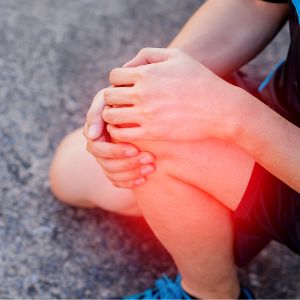
The most common symptoms of Patella Femoral Pain Syndrome or Runners knee are:
- Pain over the front of the knee, or knee cap when sitting for long periods of time
- During exercise that repeatedly stresses the knee, such as running or squatting, pain will be present.
- Increase in pain as exercise frequency, duration and intensity increases
- cracking and popping sounds in the knee when walking up stairs.
In addition, you may also like to consider the following factors as they will contribute:
- Tightness in the hamstrings
- Calves that are short and tight
- Do you have difficulty performing a lunge and maintaining stability when you do
- Difficulty balancing on one foot which is exasperated when your eyes are closed
Our Treatment Approach to your Runners Knee
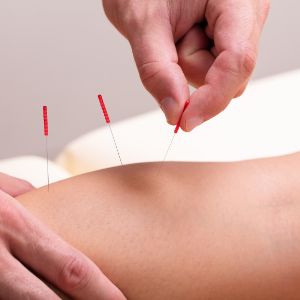
As Sports Chiropractors, our treatment main aim is two fold.
Initially we decrease the symptoms within the knee.
Once this is under control, we shift our focus to improving the biomechanics in your hips down to your ankles.
This will improve your running style, as well as avoid any further injury into the future.
In order to decrease the initially presenting symptoms we may use a range of techniques, some of which may include:
- Myofascial Dry Needling. This is to relieve muscular tension and remove swelling that may be present in or around the knee joint itself.
- Muscular Release Techniques. To relieve muscular tension and address the overactive muscles. These overactive muscles compensate for the weak and under active muscles.
- Joint Mobilisation and manipulation. This is to restore the normal range of motion within the knee, as well as the hips and ankles.
- Lower Limb Rehabilitation. This will involve strength and conditioning exercises to help strengthen the weaker areas around the knee. It will also improve overall biomechanical function of the lower limb.
Some tips to help you prevent knee Injury
- Always begin your run with a proper dynamic stretching routine to ensure your hips, knees and ankle are mobile and well lubricated.
- Stretching after your run is so important. You can stretch at completion of the exercise or several hours later once properly cooled down.
- Strength and conditioning is encouraged to ensure adequate function is maintained - we can guide you on which exercises are best for you.
If you are unsure or uncertain about what you should be doing, contact our Chiropractic team to have adequate guidelines put in place for you to keep running.
